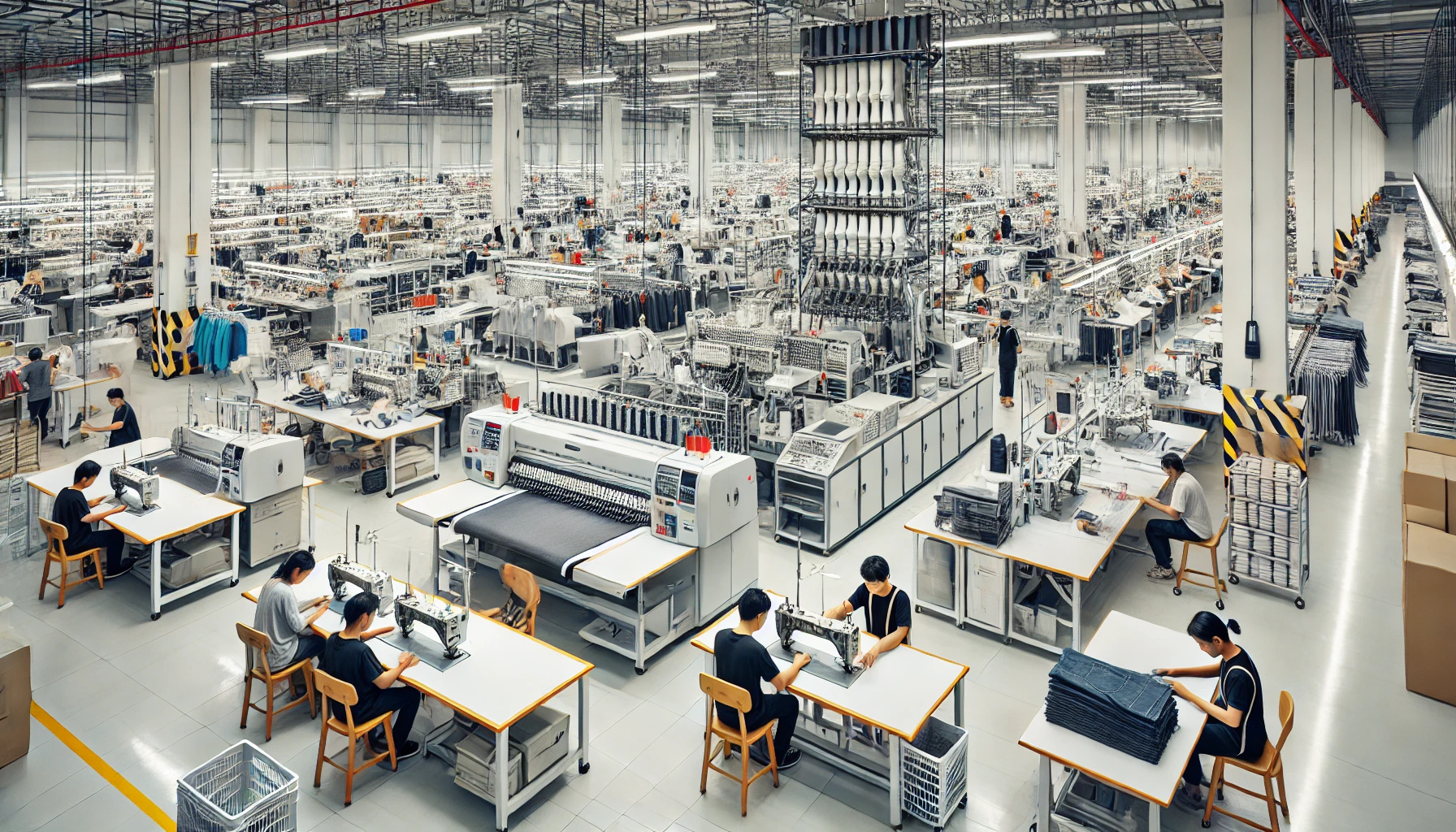Automation in Indonesia’s Apparel Industry: Shifting Gender Roles and Workforce Dynamics
The study examines the impact of automation on Indonesia's apparel and footwear industries, revealing shifts in gender roles as men increasingly take on production tasks traditionally held by women. While automation boosts productivity, it does not significantly reduce overall employment but contributes to defeminisation in the workforce.

- Country:
- Indonesia
The study, a collaboration between the International Labour Office (ILO) and the Joint Research Centre (JRC) of the European Union, explores the effects of automation on Indonesia's apparel and footwear industries, with a particular focus on gender dynamics and the implications for employment. Based on factory visits and interviews conducted in two apparel and two footwear factories, which are considered representative of best practices in technology adoption, the research offers insights into how automation is being implemented and its consequences on the workforce. These factories, among the most modern in Indonesia, one of the world’s largest exporters in these industries, provide a unique perspective on the evolving role of technology in the sector.
Growing Automation in Apparel and Footwear
Indonesia’s apparel and footwear industries have long been critical sectors for economic development, characterized by their labor-intensive nature and reliance on female workers. The study found that automation is becoming more prevalent, particularly in fabric cutting and spreading, and in semi-automation of footwear sewing. However, fully automating apparel sewing remains a challenge due to technical limitations, largely linked to the pliability of fabrics. This makes automating sewing more difficult compared to other manufacturing sectors like the automobile and electronics industries.
Automation Without Massive Job Losses
Automation in the factories studied did not result in significant job losses at the factory level, though it displaced labor at the task level. Workers previously employed in manual tasks affected by automation were often reassigned to other roles within the same factory. This suggests that while automation reduces the number of workers needed for specific tasks, it does not necessarily lead to overall job reductions at the factory level. Instead, workers are redeployed, allowing factories to maintain employment levels while boosting productivity.
Shifting Gender Roles on the Shop Floor
One of the key findings is the impact of automation on gender roles. Historically, the apparel and footwear sectors have been dominated by female workers, especially in sewing. With automation, men are increasingly taking on roles that were traditionally held by women. For instance, semi-automated processes in footwear sewing and the operation of automated cutting and spreading machines in both apparel and footwear production are now predominantly handled by men. This shift is partly due to the deskilling of these tasks; as automation reduces the physical demands of certain operations, men are being integrated into production roles that were once predominantly occupied by women. Despite the reduced physical demands and the adoption of automated processes, the study found little evidence of significant changes in the overall gender division of labor on the shop floor. Women continue to dominate in sewing roles, while men are increasingly involved in technical operations.
Defeminisation in a Technologically Upgraded Industry
The study highlights broader trends of defeminisation in the workforce as a result of technological upgrading. In many industries, technological advancements have been associated with a reduction in the proportion of female workers, as men are more likely to be hired for higher-paying jobs involving new machinery. This trend is emerging in Indonesia’s apparel and footwear industries, where automation has created opportunities for men to take on roles requiring machinery operation. Despite this, women remain the majority of the workforce in these factories, particularly in sewing tasks. However, the integration of more men into production is challenging the traditional gender division of labor.
Automation as a Strategy for Global Competitiveness
Automation, according to factory managers, is not primarily intended to reduce the workforce but to increase productivity and competitiveness in the global market. It enables factories to enhance output, improve product quality, and minimize waste factors crucial for competing against countries like Vietnam. Additionally, automation helps factories manage growing demand within limited factory space. Although automation has led to higher productivity and improved working conditions in some areas, it has not necessarily translated into higher wages for workers. The research found that workers operating automated machines often receive the same wages as those performing manual tasks, despite the productivity gains associated with automation.
The study also examined the effects of the COVID-19 pandemic on the apparel and footwear industries. The pandemic caused significant disruptions to global supply chains, leading to temporary layoffs in the factories studied. However, as demand for apparel and footwear products began to recover, the factories resumed production, and some even expanded their workforce. Automation was crucial in helping factories adapt to pandemic-related disruptions by enabling increased output with fewer workers on the factory floor, facilitating compliance with social distancing measures while maintaining productivity.
In conclusion, automation in Indonesia’s apparel and footwear industries is reshaping the workforce, particularly in terms of gender dynamics. While automation has displaced some labor at the task level, it has not resulted in large-scale job losses. Instead, workers have been reassigned to other roles within the factories. However, automation is contributing to the defeminisation of the workforce as men take on roles traditionally dominated by women. This shift is happening even as the physical demands of tasks decrease, suggesting that automation is altering the traditional gender division of labor in these industries. While the benefits of automation in terms of productivity and quality are evident, the long-term implications for wages and working conditions remain unclear.
- FIRST PUBLISHED IN:
- Devdiscourse
ALSO READ
Political Furore: Rahul Gandhi Criticized for Vietnam Visit Amidst National Mourning
Vietnam Vacation Sparks Political Controversy Amid Mourning
Rahul Gandhi's Vietnam Visit Sparks Criticism Amid National Mourning
BJP Criticizes Rahul Gandhi's Vietnam Trip Amid National Mourning
Vietnam Seizes the Lead in Asean Championship Final Showdown










